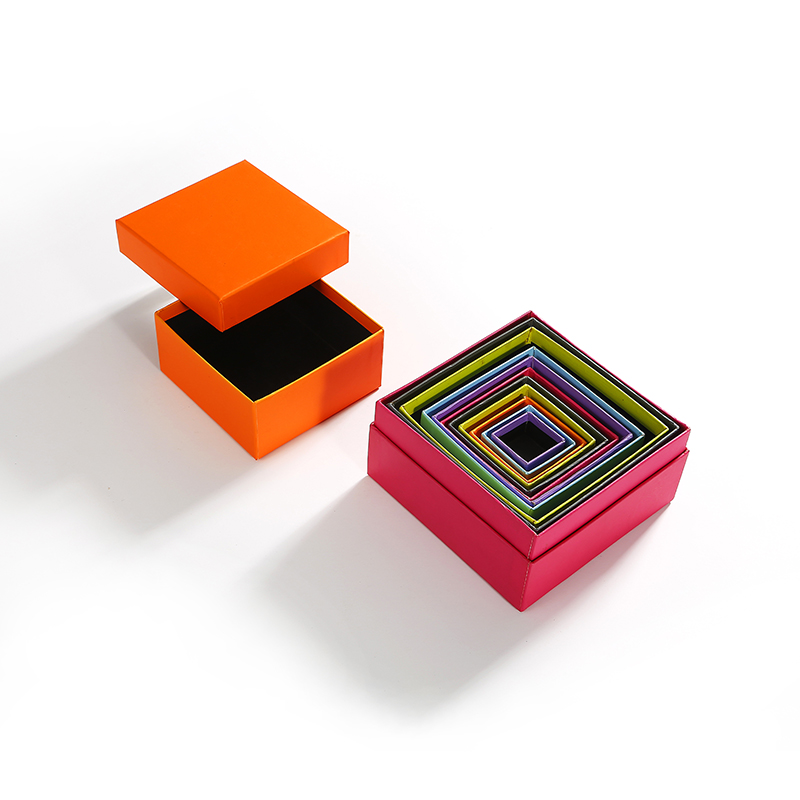Jan. 02, 2023
1. Due to the smooth surface of coated paper and poor ink absorption ability, when printing large plates on site, try to achieve "deep ink and thin printing". That is to say, the ink phase should be properly deepened to make the ink layer corresponding or thinner, which can not only meet the printing color requirements, but also reduce the chance of overprinting and prevent overlapping printing. In addition, due to the poor adhesion of the paper, the printing ink layer is sometimes easily decolorized due to powder falling off. Therefore, No. 19 resin oil can be used as the varnish for printing the first color.

2. It is necessary to strictly control the padding technology and printing pressure adjustment to ensure that the ink layer is uniform and bright.
Copper plate printing pressure should be uniform and appropriate. If the pressure is too high, it will easily cause peaks and other problems, and it will easily cause defects of unclear dot printing and increase the wear and tear of the layout. On the contrary, it is easy to cause the dot printing to be weak, and blindly increase the ink layer to make up for the blurring of the layout caused by insufficient pressure, so it is easy to cause dirty, slow drying, overlapping and other adverse consequences.
3. When printing trademarks and packaging products, the light-colored coated paper is usually used as the base color, and it is overprinted by overlapping colors. Improper printing process will easily cause some problems and affect the quality. Therefore, when preparing the base color ink, heat-resistant and light-resistant ink should be selected as much as possible, and the diluent should be prepared with whitening paste to make the base color better in the final printing effect. In order to prevent the ink layer from being easily worn and damaged when the base color is printed first.
4. Before each batch of coated paper is put into use, a series of problems such as smoothness, acidity, alkalinity, hygroscopicity, dryness, flexibility and surface bonding strength of the paper should be tested and analyzed, and corresponding technological measures should be taken. According to the characteristics of the paper, the viscosity, fluidity, dryness and anti-adhesiveness of the ink can be adjusted in order to realize standardized scientific production and prevent bad printing.
In addition, you should also check whether the viscosity of the ink is appropriate. If the printing ink layer is too thick and thick, it will also cause powder to fall off the paper surface and accumulate on the layout. In this case, you should consider using auxiliary materials to adjust the quality of the ink. The quality problems mentioned above will be better overcome.